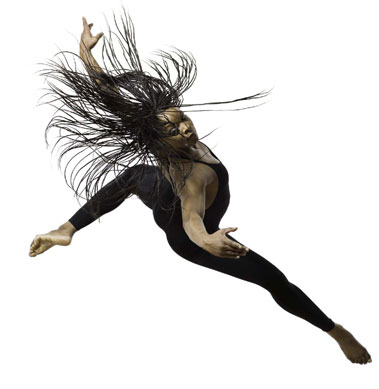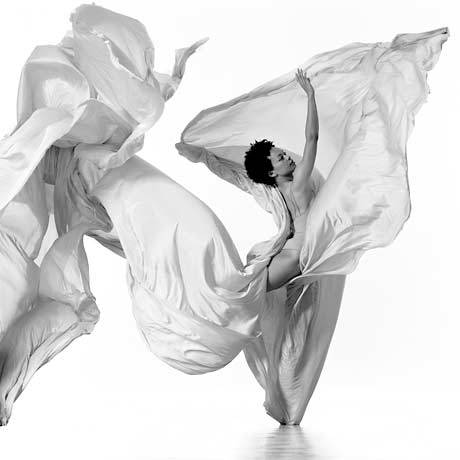 |
| Pink Floyd |
What intrigued me about their work for XTC’s “Go 2” album was that its design was novel, it was different. It basically depicted the structure of the design itself. Here, I’ll just let you see for yourself:
 |
| XTC "Go 2" cover album design by Hipgnosis |
They do this not only for the back of the album but also for the cassette release as well.
 |
| XTC "Go 2" back cover album design by Hipgnosis |
If anything, its brilliant in exactly what it describes. It caught my attention, lured me in – I fell victim…and maybe, just maybe, brownie points were added subconsciously in favor of the album.
 |
| XTC "Go 2" cassette design by Hipgnosis |
As a work of design, I think its great because although it might be stating the obvious, its obviously not the norm. It’s so simply “unimaginative” that it proclaims “creative.” I personally like the design because it takes thinking inside of the box outside and sometimes, I think that's something designer’s need to do. Kostas Terzidis explained that the concept of novelty in design just merely an illusion of creating something new. Hipgnosis’s radical design was merely going back to the basics of what an album cover is (or how they explain). This doesn’t devalue their work for “Go 2” in anyway. In fact, I think it only makes it more admirable because of the fact that they were successful in creating exactly what designers all try and aim to do – to go back to the roots and from those roots make something, even if just an illusion, new.
My only question: With the age of technology developing and the music industry taking place more on the internet via download, what will become of the art of album cover design? Your thoughts?
My only question: With the age of technology developing and the music industry taking place more on the internet via download, what will become of the art of album cover design? Your thoughts?























